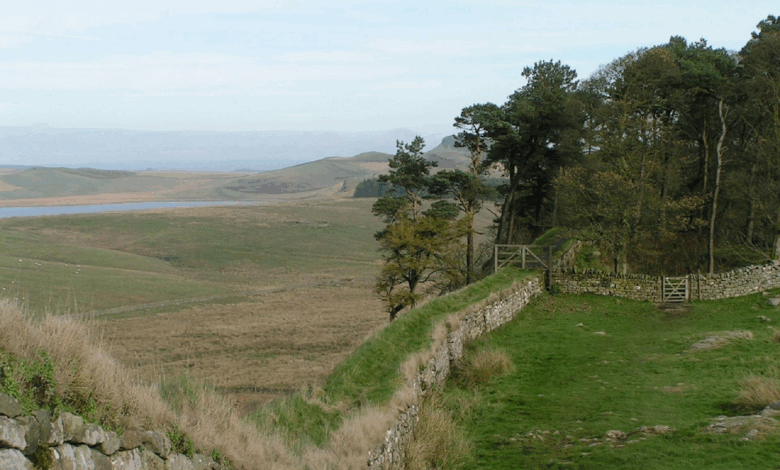
Among the most intriguing figures in the Qur’an is Dhul-Qarnayn, the “Two-Horned One,” mentioned in Surah Al-Kahf (18:83–98). This passage presents a ruler who was given divine authority and the means to traverse vast regions of the earth. His story, though brief, contains rich layers of meaning about power, justice, divine mandate, and eschatology. Dhul-Qarnayn’s travels to the “setting of the sun” and the “rising of the sun,” and his building of a barrier to hold back Gog and Magog (Yajuj and Majuj), have long captivated the imagination of scholars and believers alike.
The Qur’an introduces him in response to a question posed by the Quraysh of Mecca, upon the advice of Jewish rabbis in Yathrib (Medina), as a test to see whether the Prophet Muhammad ﷺ had access to true divine revelation. The question was, “Tell us about the one who reached the two ends of the earth.” The Qur’an responds:
“And they ask you about Dhul-Qarnayn. Say, ‘I will recite to you about him a report.’”
— Surah Al-Kahf (18:83)
Immediately, the tone signals that this is a story of consequence, divinely revealed and not mere folklore. Dhul-Qarnayn is described as having been given “power in the land” and “a means to everything” (Qur’an 18:84), which scholars interpret to mean knowledge, technology, and authority granted by God.
He sets out on three major expeditions:
-
To the setting of the sun — where he finds a people and either punishes or forgives depending on their deeds.
-
To the rising of the sun — where he encounters people living with little protection from the elements, suggesting a primitive or remote civilization.
-
To a region between two mountains — where he meets people who plead for help against the corruption and violence of Gog and Magog. Here, Dhul-Qarnayn builds a mighty barrier out of iron and molten copper.
What is remarkable is the Qur’an’s portrayal of a ruler who is not merely powerful but also just and deeply conscious of divine responsibility. When offered payment to build the barrier, he refuses monetary reward, stating:
“What my Lord has established me in is better…” (18:95)
This line reflects profound Tawhid (belief in the oneness of God) and the sense of being a servant of God, not of power. Dhul-Qarnayn’s actions are consistently aligned with moral guidance—he does not act as a conqueror for personal gain but rather as a custodian of order in a chaotic world.
The barrier he builds becomes the symbolic and eschatological link to the future emergence of Gog and Magog, as described in Islamic eschatology. The Prophet Muhammad ﷺ explained in hadith that the wall will one day be breached, unleashing a destructive force as a sign of the approaching Hour.
The Qur’an’s deliberate vagueness regarding Dhul-Qarnayn’s identity invites deep reflection rather than simple historical confirmation. His story is not just about “who he was,” but about what he stood for: a righteous leader who used his God-given capabilities to establish justice, protect the weak, and restrain corruption—values central to the Qur’anic worldview.
In this chapter, we begin our journey with the scriptural foundation. The next chapters will explore possible historical identities, especially that of Sargon of Akkad, and evaluate whether he could be the real-world figure behind this divinely honored ruler.
Review Post
Content - 10%
Related to Topic - 10%
10%
Total Score
Gives an idea about readers.


